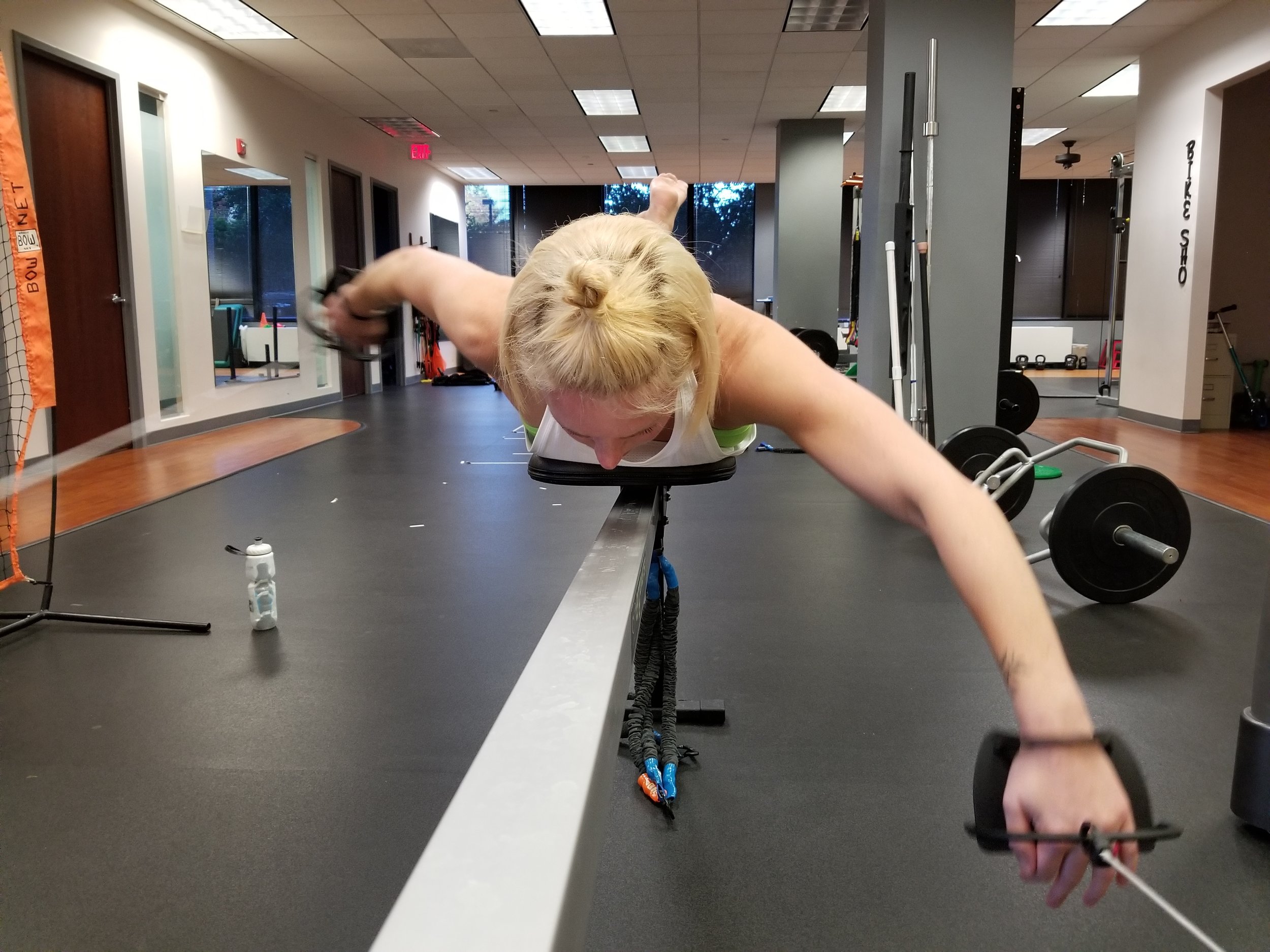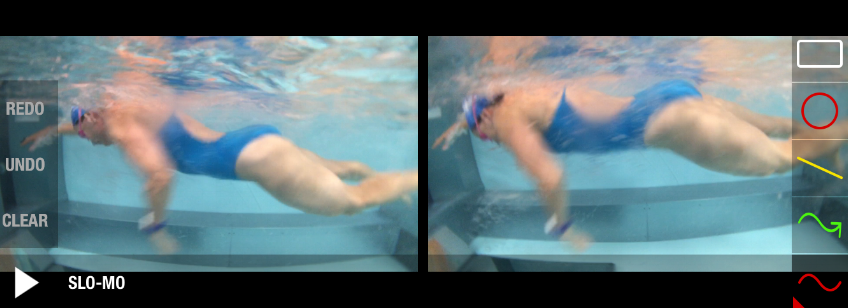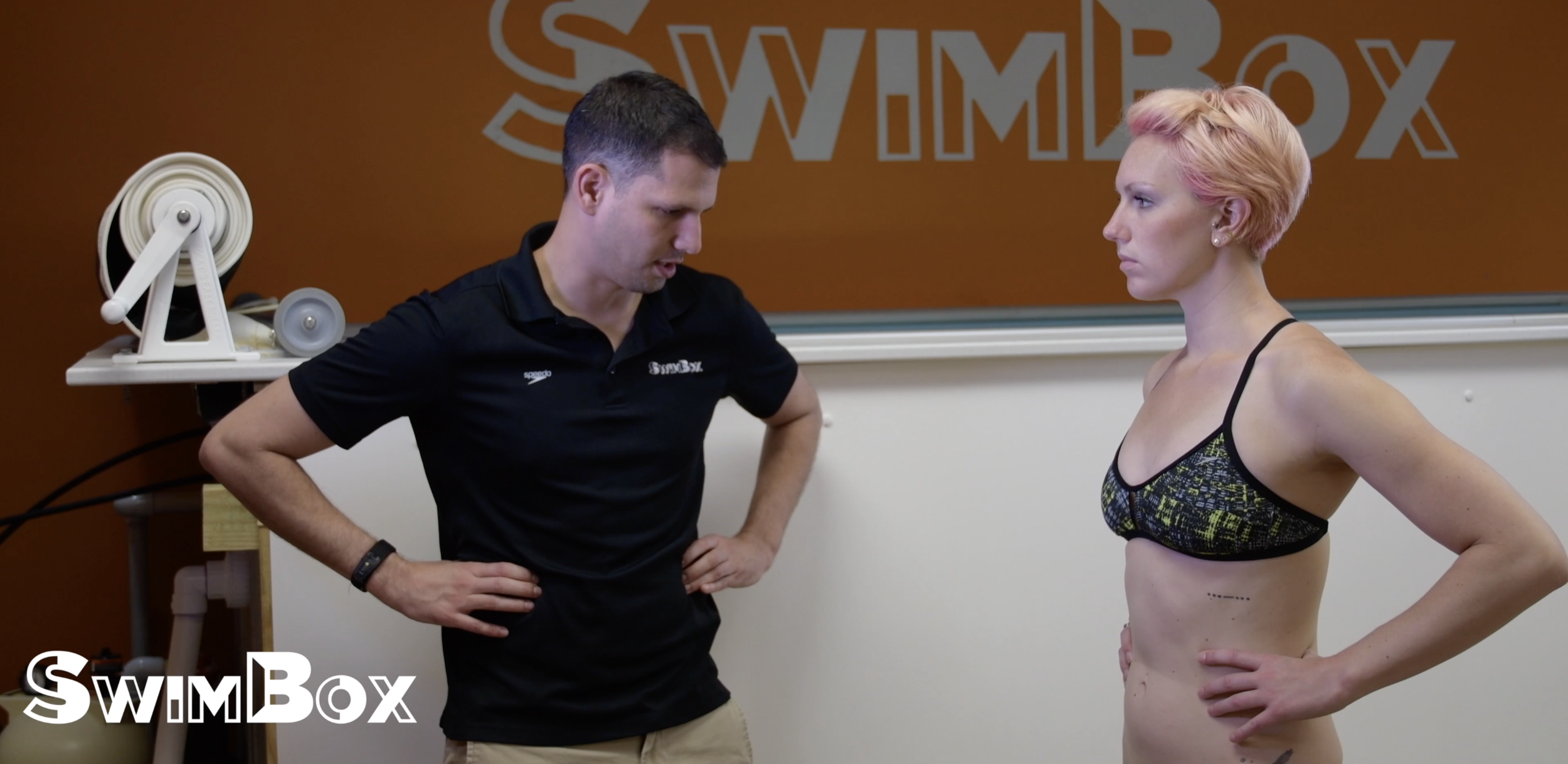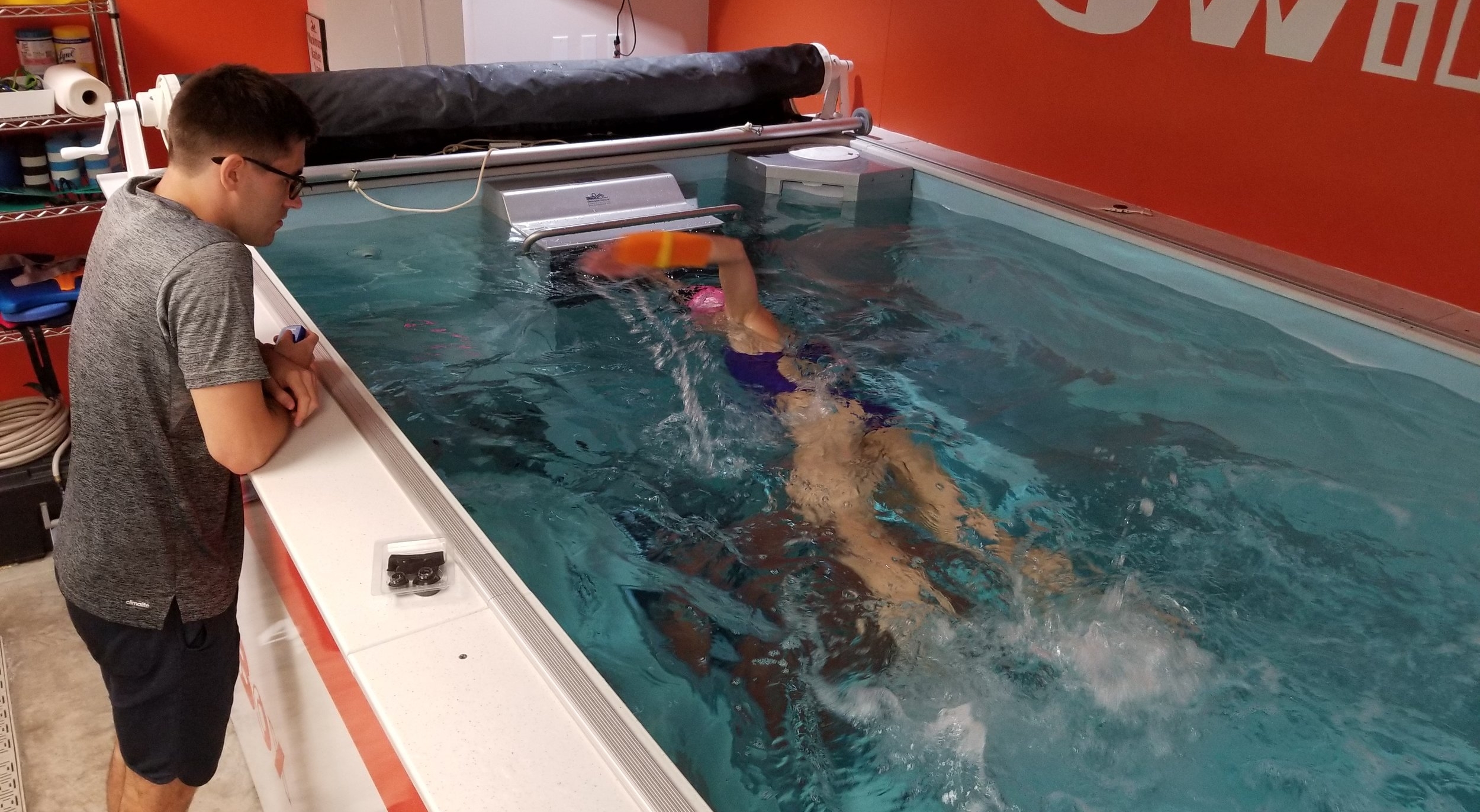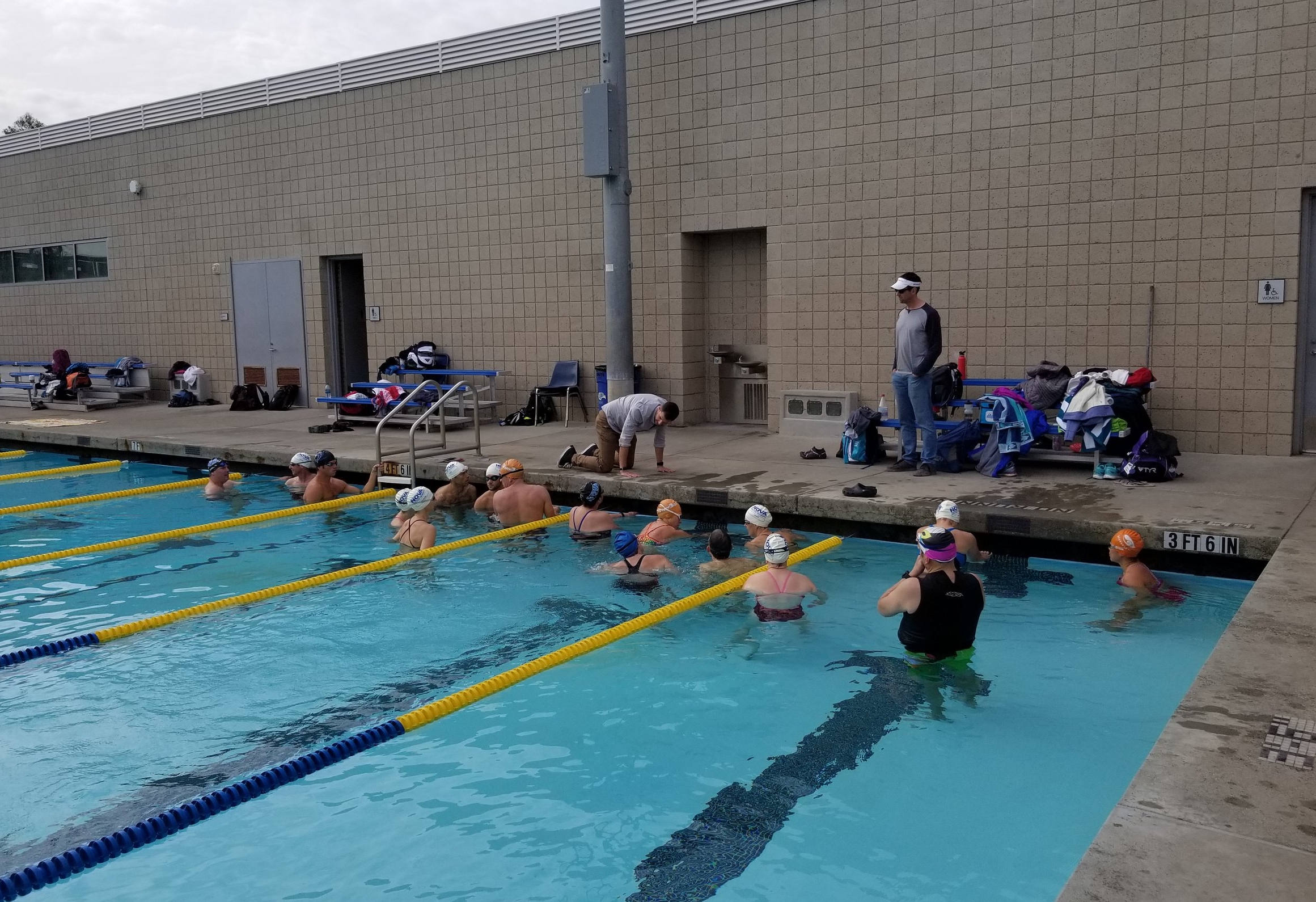Work With Your Nerves, Not Against Them
With my race looming right around the corner (only three days to go!) I find that my nerves are beginning to rear their ugly head, creeping into my thoughts at every moment of down time. When they first started to get a hold on me I held it in, didn’t say anything, and tried to push them down without addressing them. News Flash: this doesn’t work for me, unless you count increasing my anxiety and it’s presence in my day to day activities as working, then it worked wonders. Next, I started to frantically voice my concerns to my husband, the pitch of my voice growing ever higher as I spiraled even further down the “what if” rabbit hole. This merely sent me into a frenzy akin to that of a six year old being told Toys R’ Us was out of the Special Edition Barbie they wanted and unfortunately Santa wouldn’t be able to deliver this year. So nope, that didn’t work either.
Instead, after being calmed down and regaining rational thought and logic, I decided the best way to handle my nerves was to accept their existence and work with them.
So, what was I most nervous about in the Aquathlon? First thing that comes to mind is the transition and start of the run portion. I can’t help but worry that, even though race workers and volunteers have spent days setting up markers and cones and all sorts of other things to direct participants, I won’t know where to go when I get out of the water. AND that I won’t know where to go after I finagle my shorts, socks, and shoes on without spending the time to towel off from the swim. Why am I afraid of this when it’s people’s SOLE job to make sure these things don’t happen? Let’s journey back to the second (and last) triathlon I competed in for a moment. Cue me running out of the first transition with my bike ready to start the course, running through two cones and under an archway that I thought signaled where to go, only to have countless people screaming at me that I’d gone the wrong way and had to go back, turn around, and go through different cones and under a different archway so that I was actually going over the timing mat and heading in the right direction. Now I don’t know about you, but that was pretty embarrassing for me. I know no one else cared about the incident, and the people who yelled at me forgot about it immediately after it happened and I had left their POV, but still, not fun for me. Hence my fear of not know the right direction. But okay, if I do mess up, there will be other people to yell at me and get me back on track. I’ll still start the run, and nothing detrimental to me completing the race will have happened. Okay, next.
My second biggest fear is simply staying on course in the run. Why? The exact same reasoning as above. That whole missing the timing mat and having to turn around really messed with my head, and it seems to be the seed of my nerves right now. But okay, easy enough to deal with. I have plenty of time between when my plane lands in Miami and the start of the race to do a run-through of the course so that come race day I, at minimum, vaguely know where I need to go. Got it. And at this point in figuring out how to work with my nerves, I realized that making these plans and realizing I would be able to deal with my fears - even if worst comes to worst and they actually happened - was helping me calm down. I could count the “what ifs” for hours and just make myself feel worse and worse. But, working through the scenarios and having a plan of action was what actually helped me realize I need to use my nerves to my advantage, and not let them get the best of me.
After I talked myself through my biggest fears, I decided to focus on what I knew, and what I could control. Starting with the swim. I have twenty-four years of competitive swimming under my belt, I’ve been training in our Endless Pool to get used to not having walls, and I’ve been practicing my sighting. Reasonable enough, at the very least I know the swim will be okay. Next, I know that I can survive a 5K. My training has mostly been distances longer than that, and I’ve been going PRs in my last two 3.1 mile runs. Logically, I know I have the stamina and strength to power through that run and cross the finish line. Easy. Well, okay, easier said then done, but still a good mental exercise to help me best utilize my nervous energy and thoughts.
Lastly? I can’t tell you how grateful I am for this experience and to be competing with some of our closest clients. I know the Aquathlon is nowhere near the distance of the Olympic distance tris or the Ironman races they compete in, but I have a better understanding of their training, dedication, and perseverance now that I would never be able to get from just swim practices alone. Now it’s time to put all of my words to actions and finish this race!


